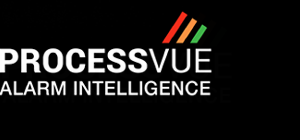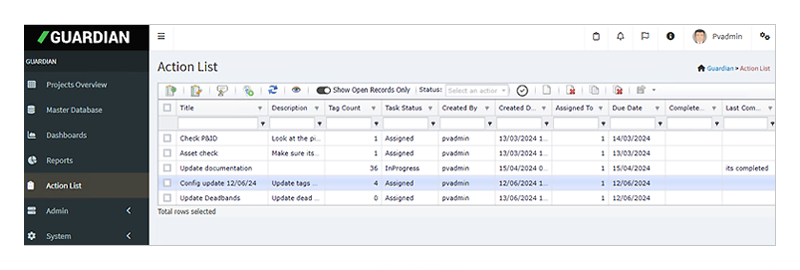Views

-
1 - Reviewing Existing Alarms
Analysing current alarm settings to identify redundant, unnecessary, or poorly configured alarms.
-
2 - Classifying Alarms
Determining the priority and function of each alarm to ensure they align with operational and safety requirements.
-
3 - Defining Alarm Limits
Establishing thresholds and setpoints that trigger alarms, ensuring they are neither too sensitive nor too lenient.
-
4 - Documenting Rationalisation Decisions
Keeping a detailed record of the rationale behind each alarm's configuration and priority.
-
5 - Training and Implementation
Ensuring that operators understand the changes and can effectively respond to alarms as intended.
-
Data Gathering
Collecting historical alarm data, operator feedback, and system performance metrics.
-
Stakeholder Engagement
Coordinating with different departments, such as operations, maintenance, and safety, to gather input and ensure alignment.
-
Analysis and Reporting
Analysing data to identify trends and issues, then reporting findings to the workshop participants.
-
Documentation
Recording decisions made during the workshop, including the rationale behind each alarm's configuration.
-
Follow-up Actions
Scheduling further reviews, updates to documentation, or additional training sessions as needed and implementing alarm configuration updates based on agreed changes.
How it makes a difference:
-
1 - Centralised Task Management
ProcessVue Guardian’s action list provides a centralised platform where all supporting actions can be logged, tracked, and managed. This centralisation ensures that nothing falls through the cracks and that every task is accounted for.
-
2 - Prioritisation and Assignment
The action list allows users to prioritise tasks based on urgency and importance, and to assign them to specific team members. This clarity in task ownership helps distribute the workload evenly and ensures that everyone knows their responsibilities.
-
3 - Real-time Updates
As tasks are completed or updated, the action list can be updated to reflect these changes.
-
4 - Integrated Communication
ProcessVue Guardian’s action list facilitates communication by allowing users to comment on tasks, comments can take the form of questions, and information updates directly within the platform. This reduces the need for external communication and keeps all relevant information in one place.
-
5 - Tracking and Reporting
The action list offers robust tracking features, allowing stakeholders to monitor progress and identify bottlenecks. This visibility is crucial for keeping the workshop on track and ensuring that all necessary actions are completed.
-
6 - Audit Trail
Every action, comment, and update within the action list is automatically logged, creating a comprehensive audit trail. This is invaluable for compliance purposes and for reviewing the effectiveness of the alarm rationalisation process over time.
Alarm rationalisation workshops are essential for optimising alarm systems, but they involve a wide range of supporting actions that must be carefully managed to ensure success. ProcessVue Guardian’s new action list provides a powerful tool for organising, tracking, and executing these tasks, helping teams to streamline their processes, reduce errors, and achieve their alarm management goals more effectively.
By leveraging ProcessVue Guardian’s action list, organisations can enhance the efficiency of their alarm rationalisation workshops, ultimately leading to safer, more reliable operations. The future of alarm management is not just about refining alarms themselves, but also about refining the processes that support those alarms—and ProcessVue Guardian’s new action list is leading the way.

